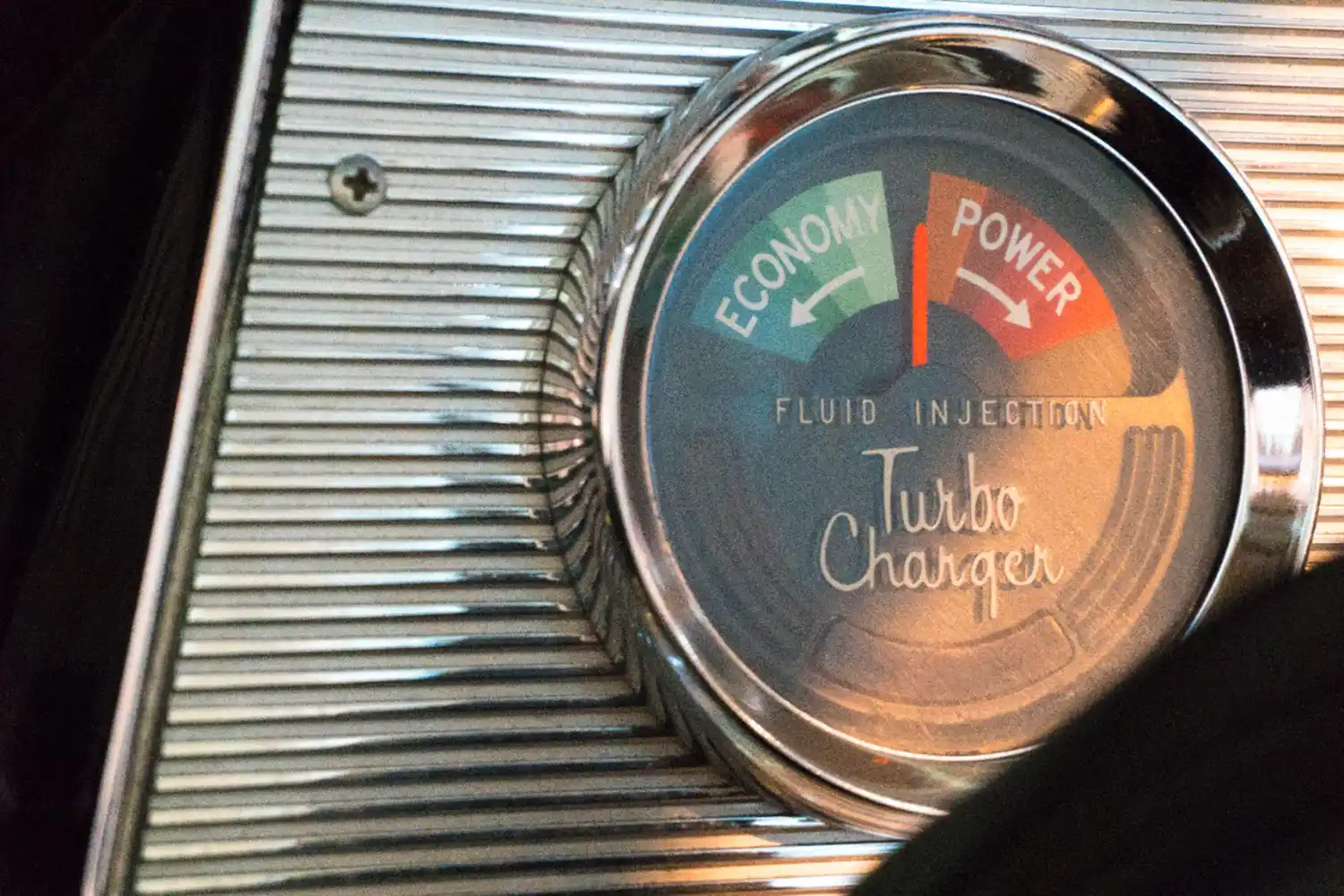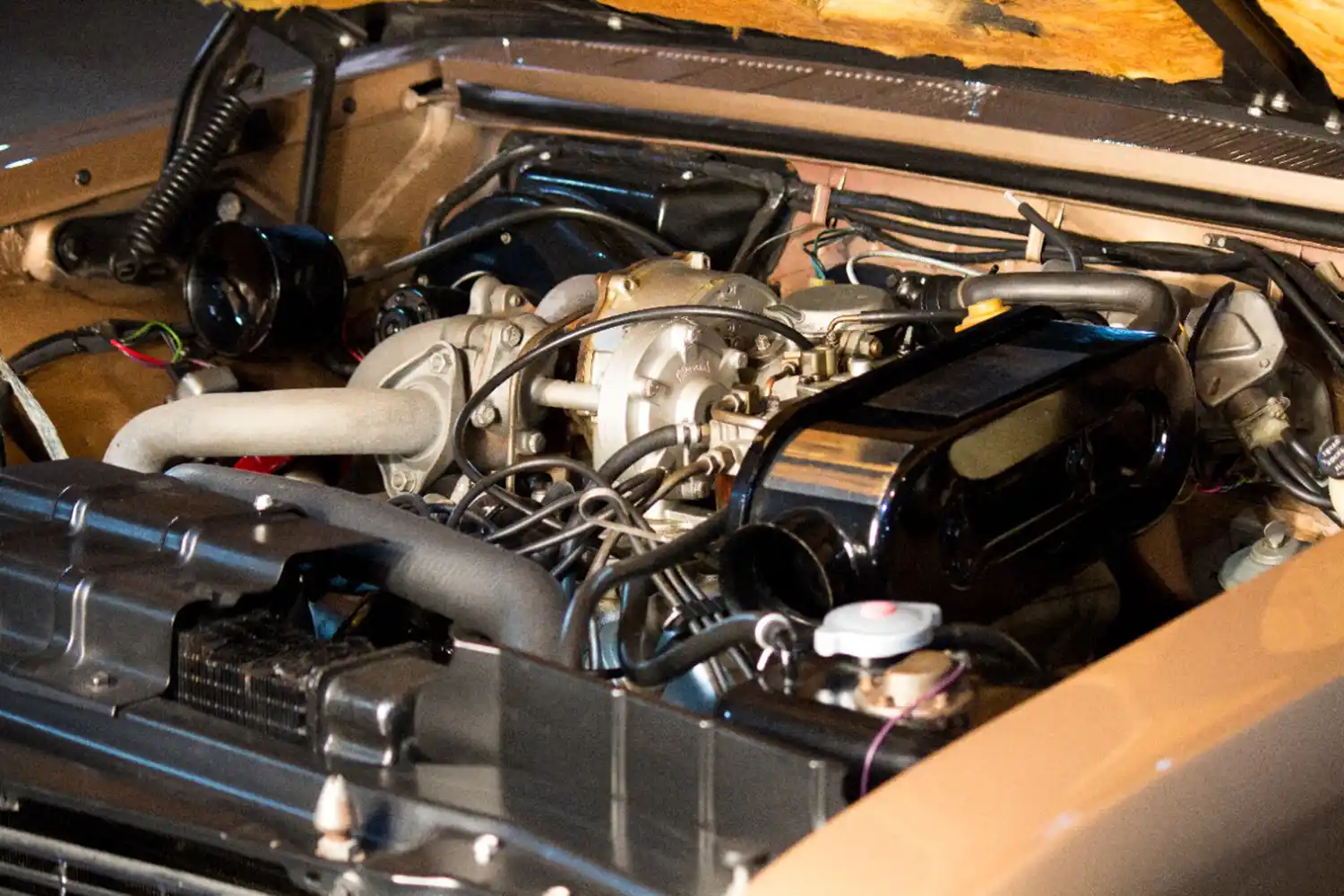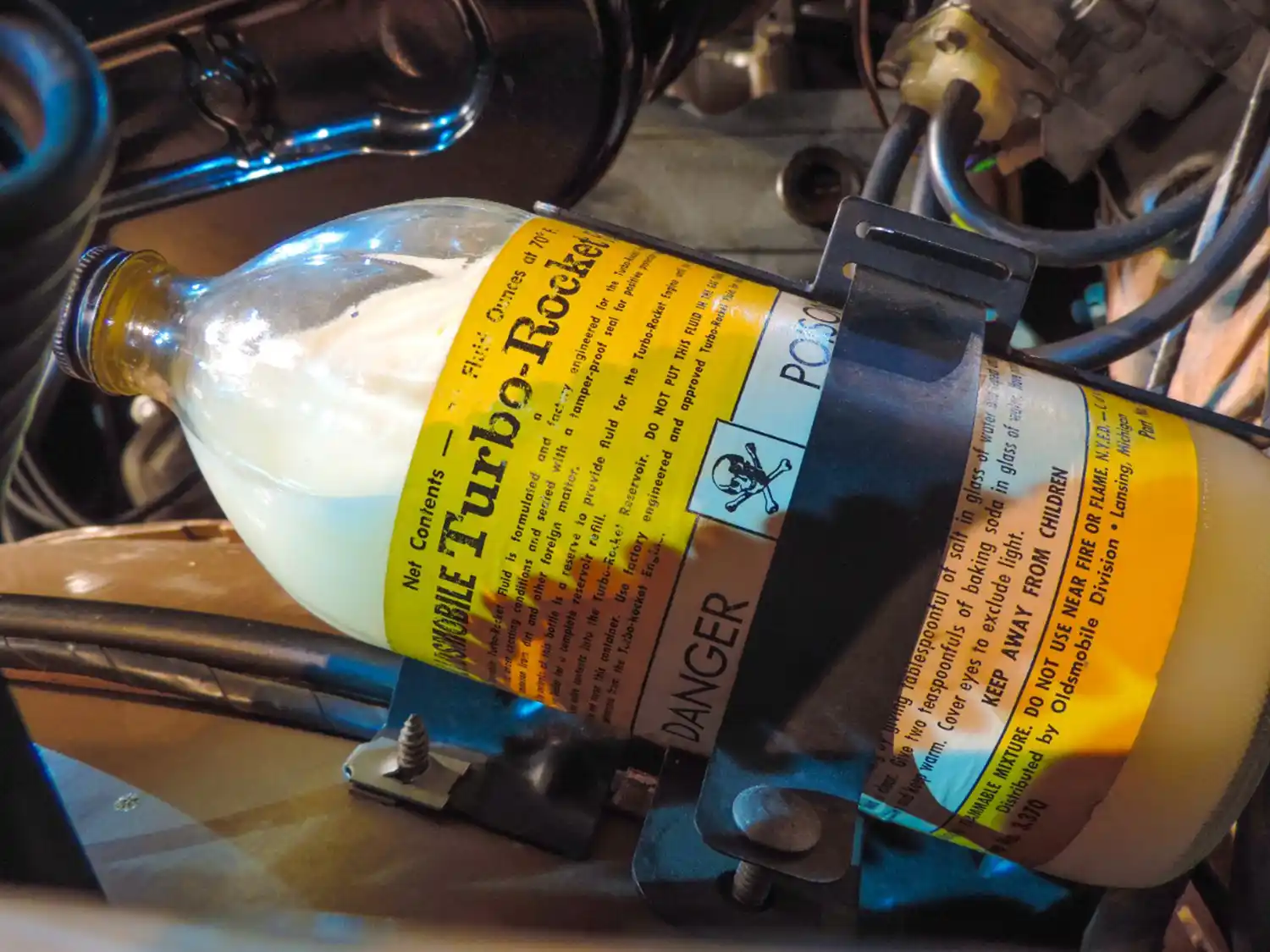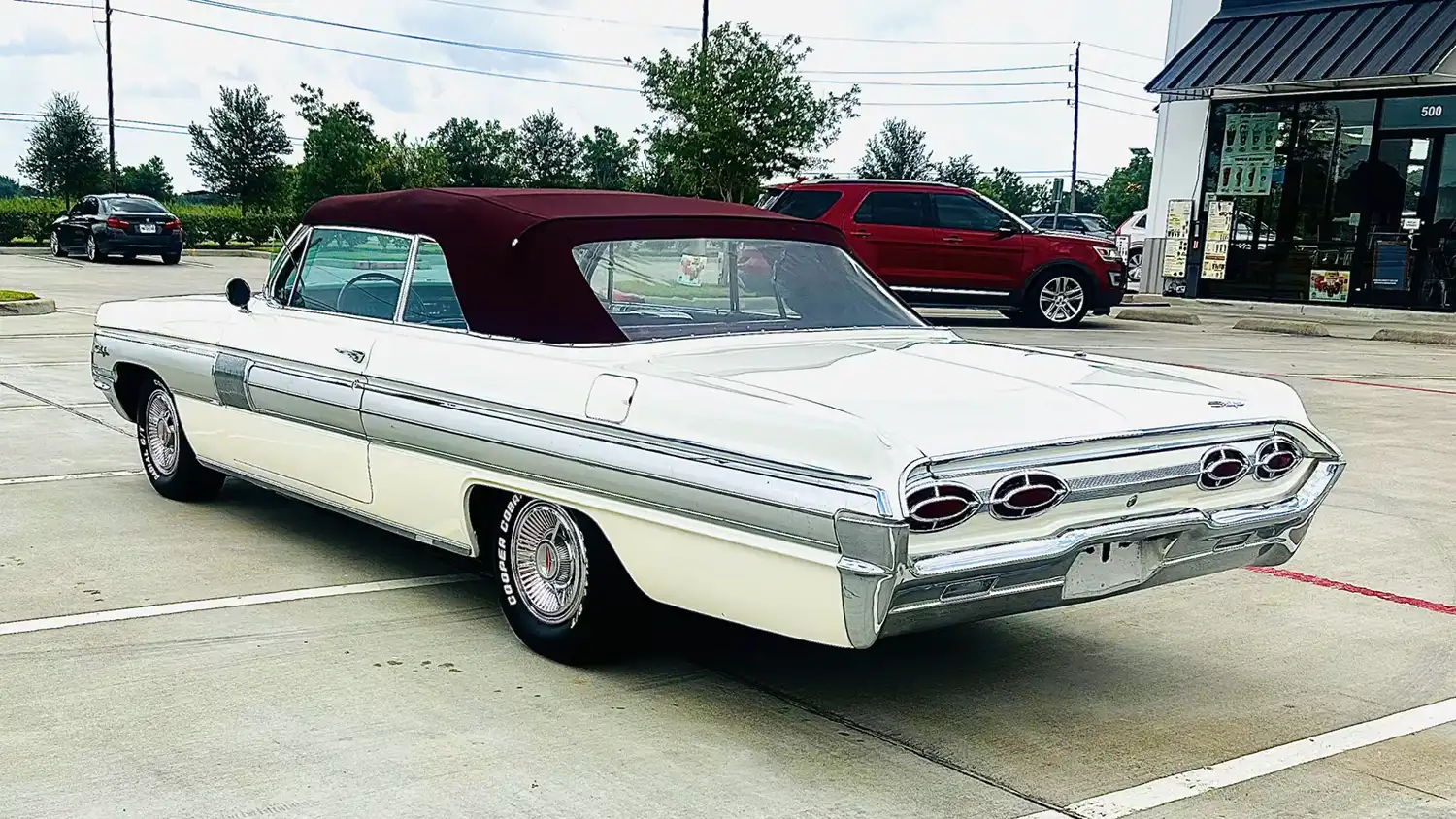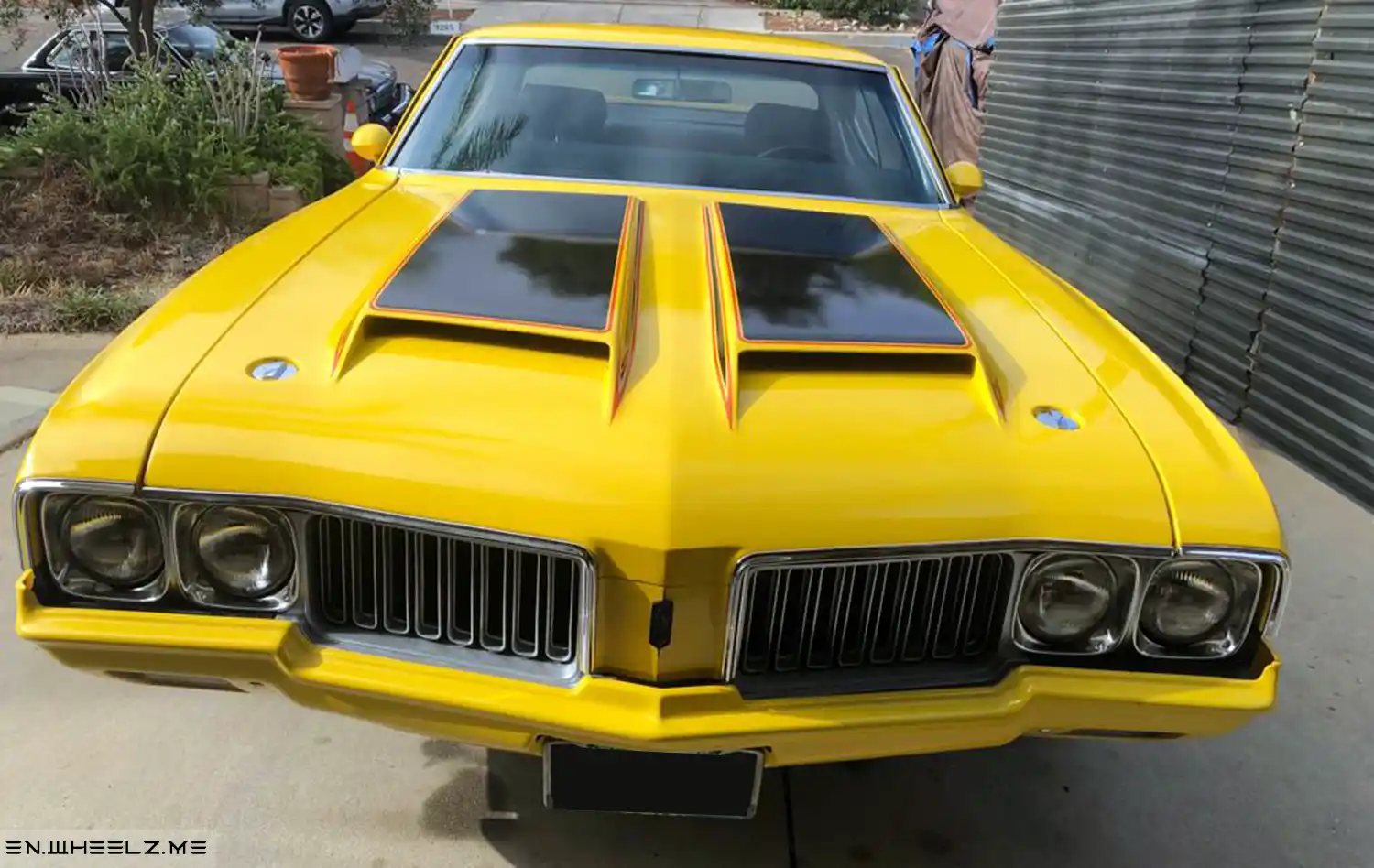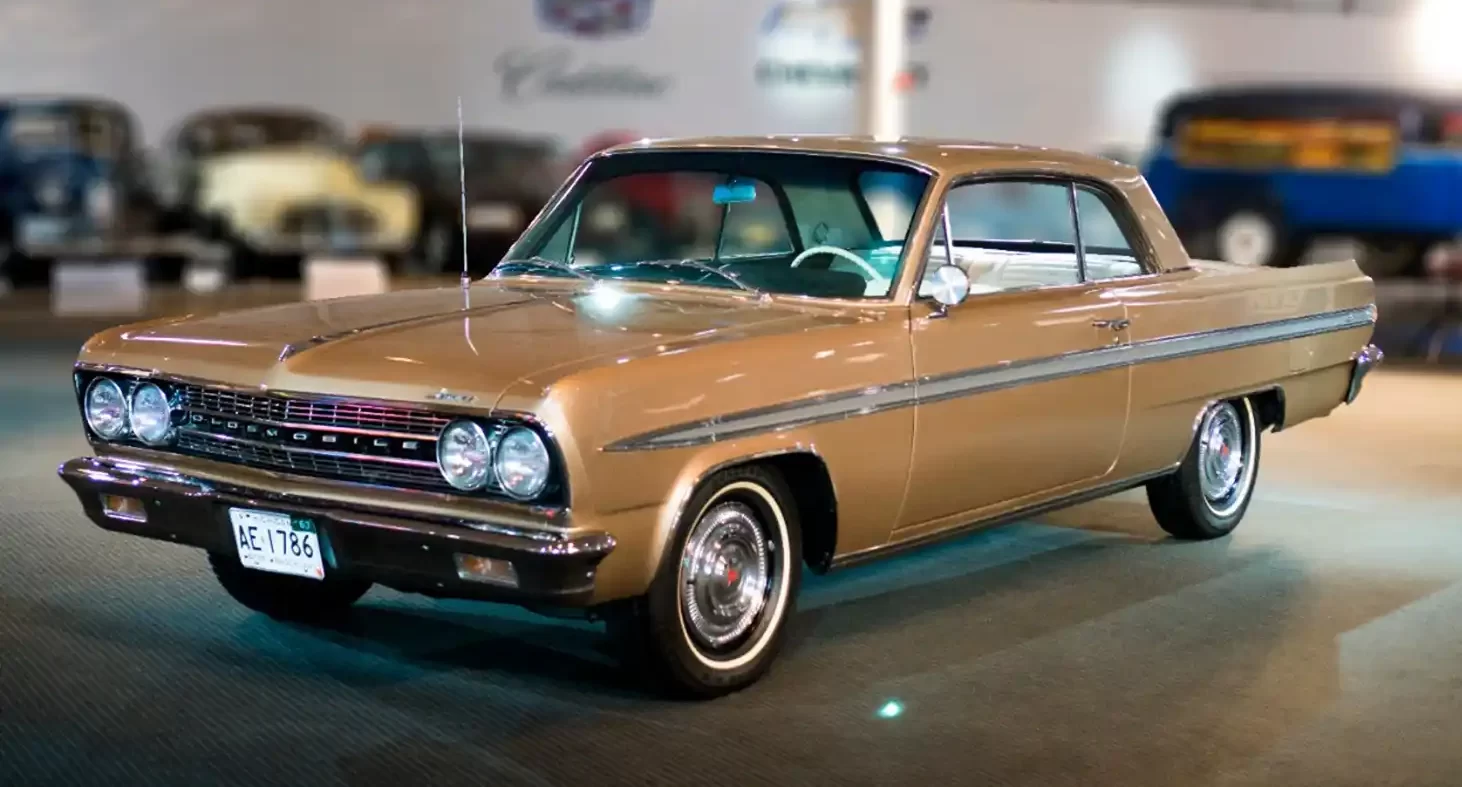
The 1963 Oldsmobile Jetfire stands as a testament to a bold experiment in automotive engineering, a daring foray into turbocharging that briefly illuminated the American automotive landscape. A precursor to the turbocharged revolution that would grip the industry decades later, the Jetfire was a technological marvel, a glimpse into what the future held.
A Bold Experiment: The Jetfire’s Arrival: Introduced in April 1962 as part of the F-85 lineup, the Jetfire represented Oldsmobile’s ambitious attempt to inject performance into its compact models. For 1963, the Jetfire received a significant facelift, with new sheet metal below the beltline and a four-inch increase in length, further distinguishing it from its F-85 siblings. This wasn’t just a styling exercise; it was a statement of intent.
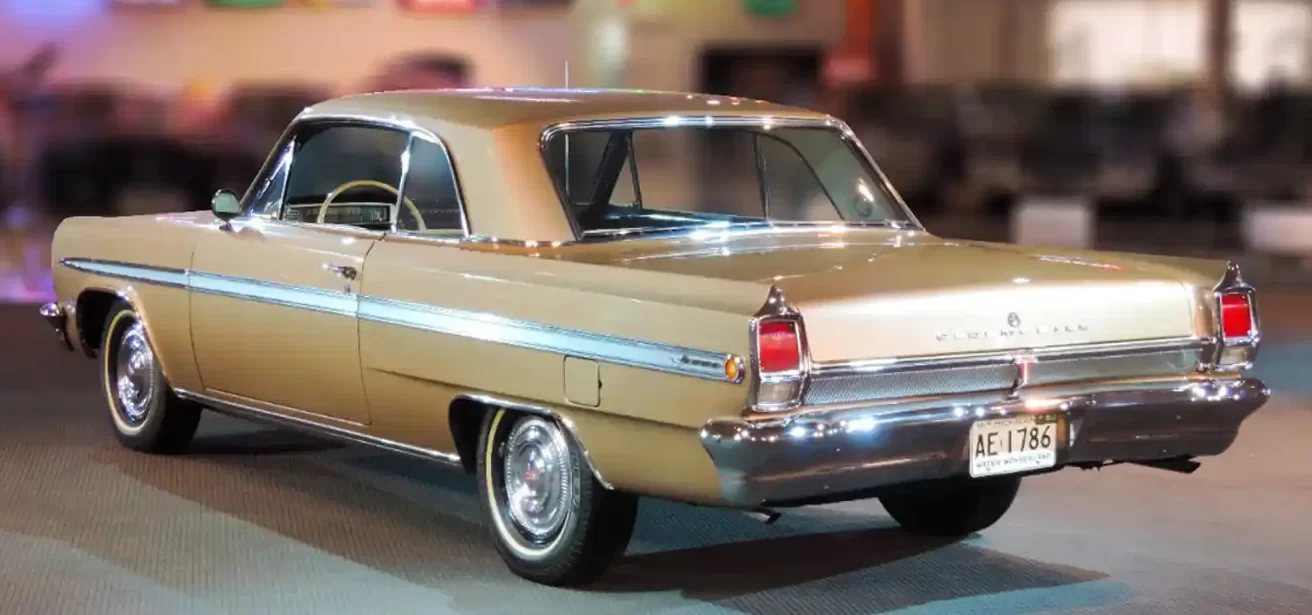
Turbo-Rocket Power: The Jetfire’s Heart: At the heart of the Jetfire lay its revolutionary 215 cubic inch “Turbo-Rocket” V8 engine. This lightweight, aluminum-block engine was force-fed by a Garrett AiResearch turbocharger, a relatively new technology for production cars. This groundbreaking setup resulted in an impressive output of one horsepower per cubic inch of displacement, a feat considered remarkable for its time. The Jetfire’s turbocharged engine delivered a surge of power that set it apart from its naturally aspirated competitors.
Distinctive Styling: The Jetfire’s Presence: The Jetfire’s styling reflected its forward-thinking engineering. The two-door hardtop coupe design, with its unique roofline, exuded a sense of sporty elegance. The chrome accents, the distinctive rear tail lights, and the overall proportions of the car contributed to its unique presence on the road. It was a car that turned heads, a symbol of Oldsmobile’s engineering prowess.
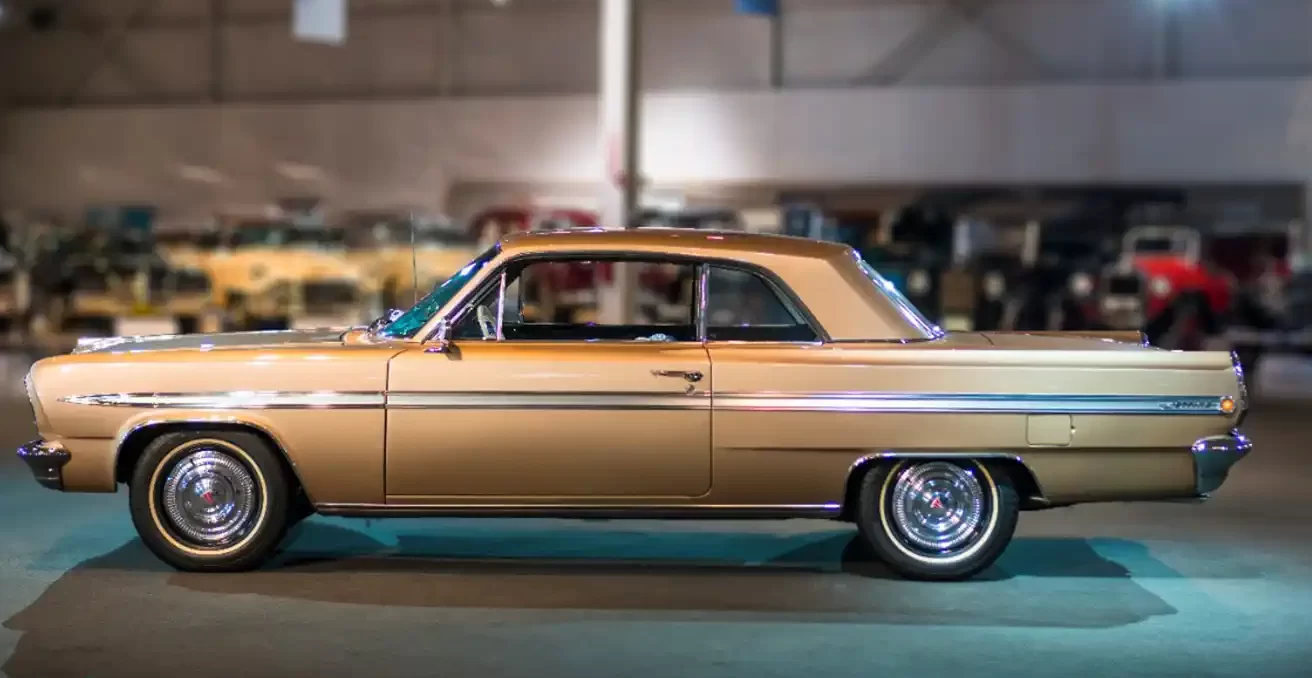
An Early End: The Jetfire’s Legacy: Despite its technological achievements, the Jetfire’s production run was brief, lasting only two model years, 1962 and 1963. A total of 9,607 units were produced, making it a relatively rare and sought-after classic today. While its time was short-lived, the Jetfire’s legacy as one of the first turbocharged production cars remains significant. It paved the way for the turbocharged engines that would become commonplace in the decades to come.
A Collector’s Gem: The Jetfire Today: The 1963 Oldsmobile Jetfire, with its turbocharged engine and distinctive styling, remains a cherished collector’s item. Its rarity and its role in automotive history make it a prized possession for enthusiasts who appreciate innovation and performance.
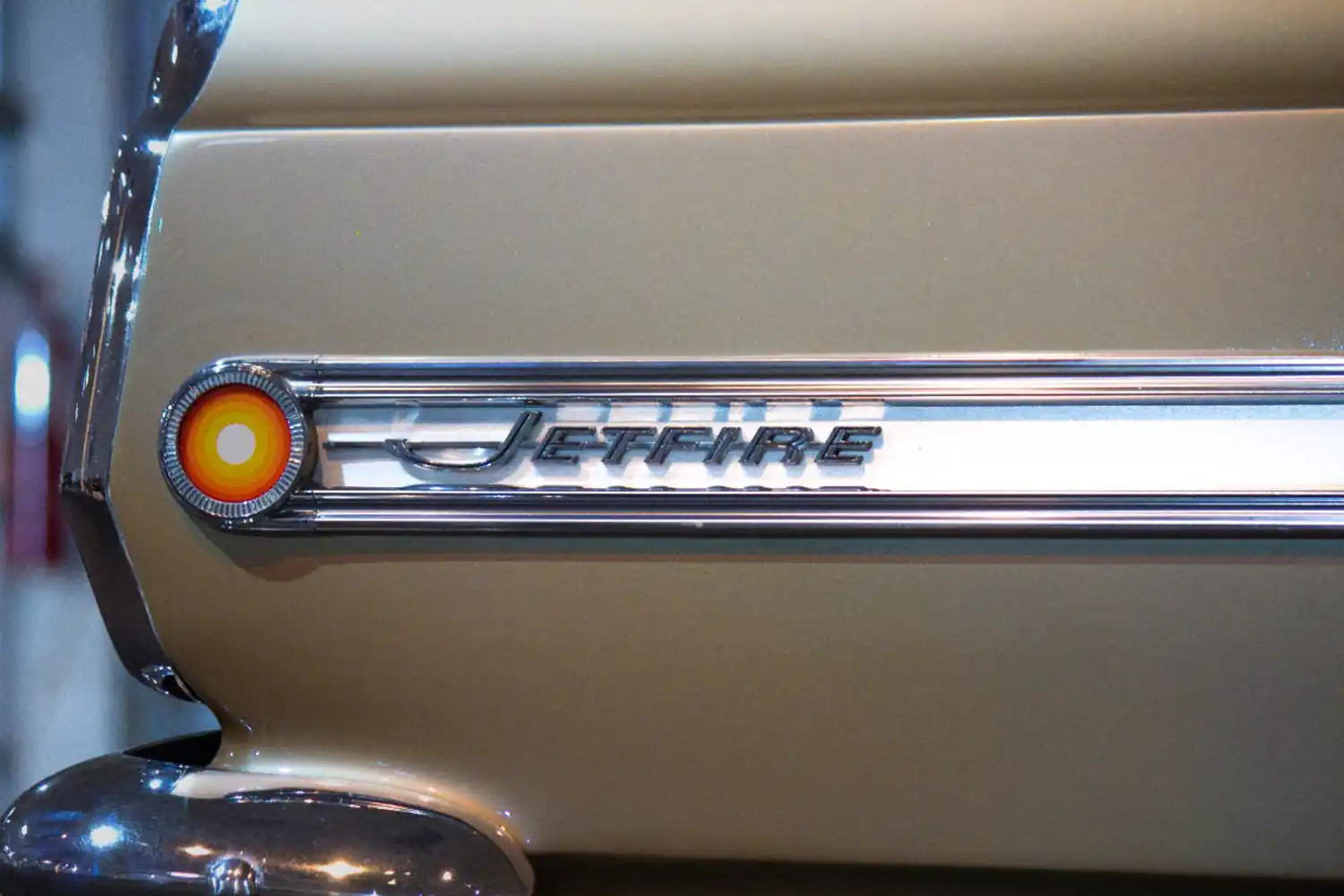
Summary:
- 1963 Oldsmobile Jetfire: An early turbocharged production car.
- 215 cubic inch “Turbo-Rocket” V8 engine, producing 215 horsepower.
- Distinctive two-door hardtop coupe styling.
- Limited production run, making it a rare classic.
- A symbol of Oldsmobile’s engineering innovation.
Disclaimer: Specifications and production numbers are based on historical records. Actual figures may vary. Consult automotive historical resources for precise information.


